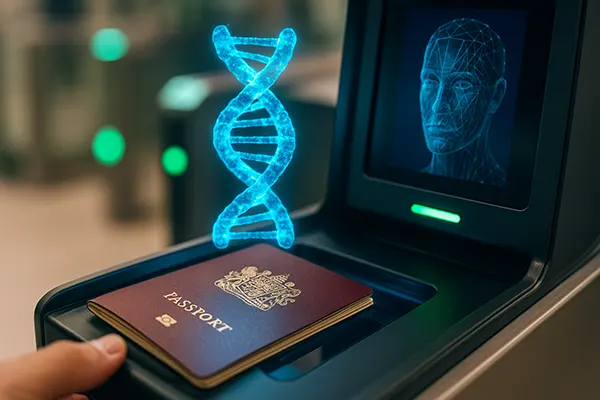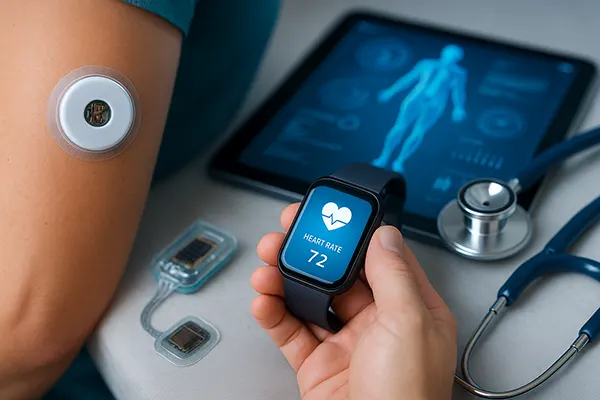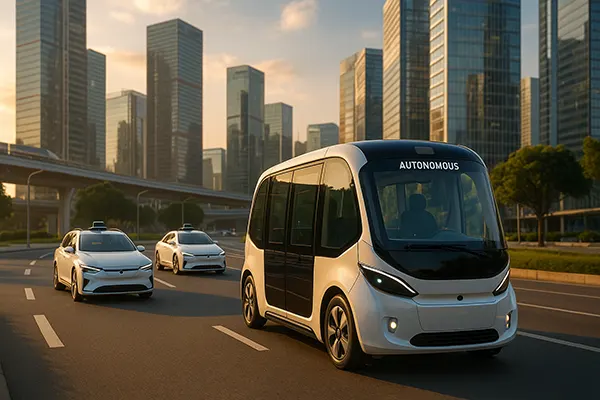
Next-Generation Biometric Passports: DNA Scanning and Neural Networks
Modern biometric passports are undergoing a significant transformation. Beyond fingerprints and facial recognition, governments are exploring the integration of DNA identification and neural network processing to enhance border control security. As of June 2025, several countries are actively testing these technologies, raising both optimism and debate among experts and civil society. This article explores the most recent developments in this sphere, based on verified data and real-world implementations.
Advanced DNA-Based Identification in Biometric Documents
DNA scanning is emerging as a potential addition to biometric documents. Unlike traditional data such as iris or facial scans, DNA offers an extremely high level of accuracy in verifying a person’s identity. This technology is already being piloted in countries with strict border control measures, such as the United Arab Emirates and South Korea.
By embedding a compact, encrypted version of a person’s genetic markers in the biometric chip, authorities can perform highly reliable verifications. The process involves the use of portable genome sequencing devices, allowing rapid identity confirmation at control points. These sequences are not full DNA maps but selected segments unique to each individual and used purely for matching purposes.
However, data protection remains a crucial concern. International organisations, including the European Data Protection Supervisor, are developing legal frameworks to ensure that DNA information is not misused. Laws are being updated to mandate deletion of this data post-verification and to ensure its use is strictly limited to border security functions.
Implementation Challenges and Ethical Considerations
Despite the promise of improved accuracy, DNA integration faces significant barriers. Infrastructure costs are high: genome sequencers, secure storage systems, and legal compliance require substantial investments. Moreover, the process of collecting DNA samples, even minimally invasive ones like buccal swabs, must be voluntary and non-discriminatory.
Ethical debates are ongoing. Civil liberties groups question whether collecting genetic data for travel is a proportionate response to threats. There are concerns about genetic profiling, data leaks, and misuse of biological information for purposes beyond identification, such as insurance or employment discrimination.
In response, several pilot programmes have introduced opt-in models. Travellers can voluntarily provide DNA data in exchange for faster processing, similar to current fast-track systems. Transparency, third-party audits, and anonymised storage are being trialled as key safeguards.
The Role of Neural Networks in Biometric Verification
Neural networks are already revolutionising how biometric data is processed. Using machine learning algorithms, systems can now analyse facial features with higher precision, detect spoofing attempts, and identify individuals across different angles, lighting conditions, and expressions. This is especially useful for mobile border checks and automated gates in international airports.
Unlike rule-based systems, neural networks learn from millions of data points. They can flag anomalies in documents or behaviour patterns and cross-verify multiple biometric markers simultaneously. For example, some systems now compare live facial scans with archived passport data, while also evaluating voice samples or behavioural traits.
By mid-2025, airports in Singapore, London, and Doha have implemented AI-driven gates that reduce human involvement in identity checks. This has helped cut waiting times by over 30% and increased detection of fraudulent documents. These systems are updated regularly to improve accuracy and reduce biases previously observed in legacy systems.
Data Security and Algorithm Transparency
One of the core challenges is algorithmic transparency. How do we ensure that these neural networks make fair decisions, especially when rejecting or flagging legitimate travellers? Calls for explainable AI (XAI) are growing stronger, with some governments now requiring vendors to disclose decision-making criteria of their software.
Security is another crucial aspect. Neural systems require vast datasets to train, and storing such data raises serious cybersecurity concerns. Encryption, decentralised storage, and data minimisation principles are now being implemented to mitigate risks. Institutions such as the International Civil Aviation Organization (ICAO) are setting new standards for biometric AI usage.
Audit logs and independent oversight mechanisms are increasingly being introduced. These ensure that any anomaly flagged by AI systems is reviewed by human officers. In some countries, travellers can request explanations or appeal automated decisions — a step towards more transparent and accountable identity verification.

Global Trends and the Future of Biometric Travel Documents
By June 2025, more than 45 countries have adopted some form of enhanced biometric passports, while a handful have initiated DNA pilot schemes. The global trend is clear: identity documents are evolving into multi-layered security tools that combine biological, behavioural, and digital identifiers.
The European Union is preparing to introduce a unified biometric standard across Schengen states by early 2026. This will integrate AI-based fraud detection, high-resolution facial biometrics, and potentially DNA indicators for voluntary use. Meanwhile, countries like Canada and Japan are exploring blockchain integration to decentralise and secure passport data.
Technological innovation must go hand-in-hand with public trust. Educating citizens, establishing strong legal safeguards, and involving independent bodies in oversight will determine how far these technologies can go. Governments must strike a balance between national security and civil rights in deploying next-generation travel documentation.
Public Reception and Legal Developments
Public reaction has been mixed. While many welcome improved border efficiency, others voice concerns about surveillance and personal privacy. Recent surveys in Germany and France show that 65–70% of respondents support the use of facial biometrics, but only 30% are comfortable with DNA-based systems.
Legislation is evolving to address these concerns. The EU’s new Digital Identity Regulation includes explicit clauses on biometric data protection and consent. Meanwhile, the UK is revising its Data Protection Act to clarify rules around AI-assisted border controls and DNA data handling.
Activists and legal experts urge continued public consultations and independent testing. The future of biometric passports will depend not just on technological capabilities but also on societal acceptance and legal responsibility. Responsible innovation will define the true success of next-generation identity systems.




